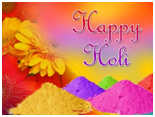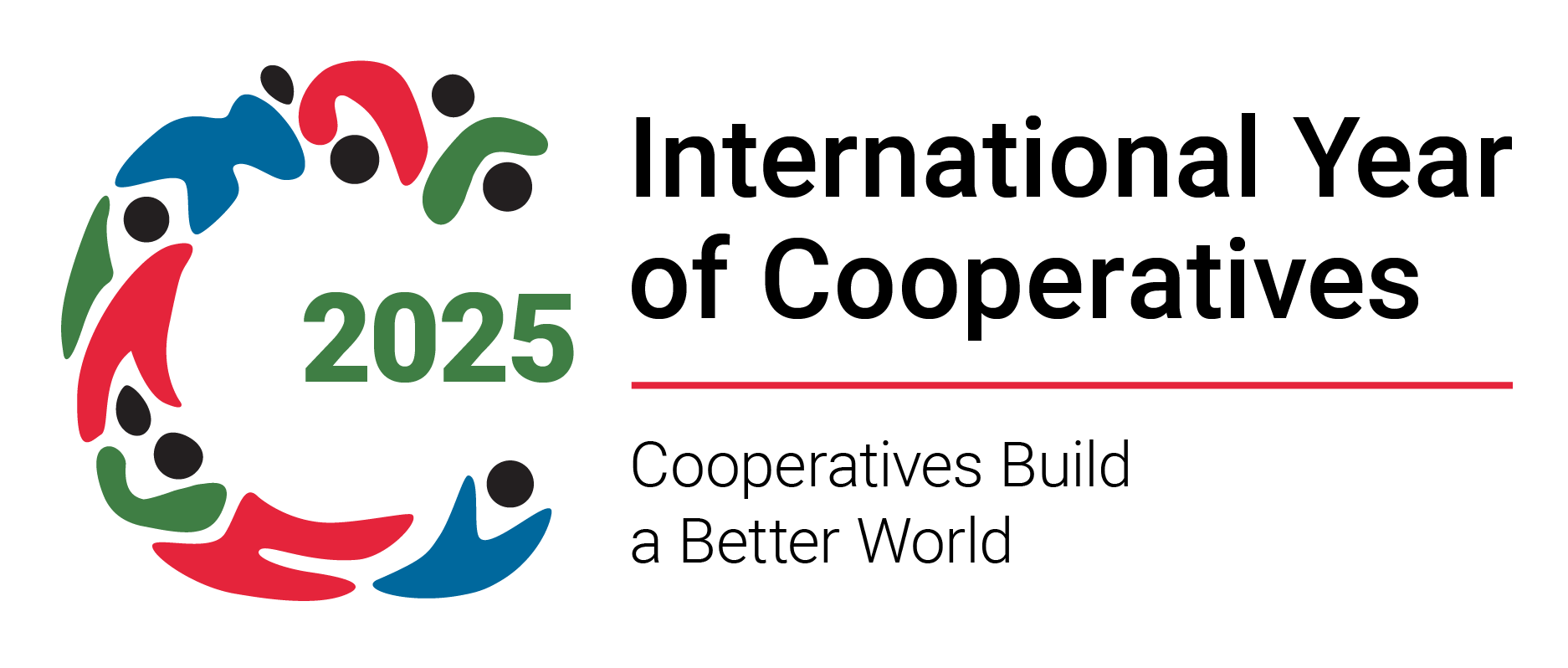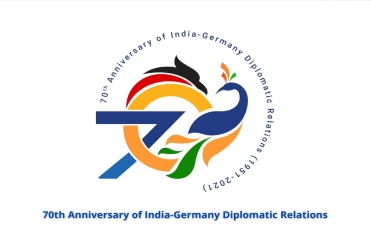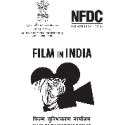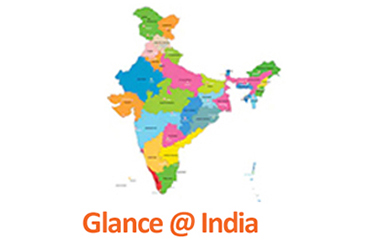- Home
- About Us
-
Consular Services
- Launch of e-Clearance for Afterlife Remains (eCARe) portal
- Instructions regarding entry into the consular Wing
- Reissue of International Driving Permit (IDP)
- Postal Applications
- Visa Services
- Passport Services
- OCI Information
- Renunciation of Indian Citizenship/Surrender Certificate
- Attestation,Consular and Misc.Services
- Weekly Open House
- MADAD - Consular Services Management System
- Indian Community Welfare Fund
- FAQs on Marital disputes involving NRI/PIO spouses

- Public Notices & Circulars
-
Embassy Wings
- Economic & Commercial Wing
- Contacts
- GI Digital Catalogue

- Overview of Indian Economy
- India-Germany Economic & Commercial Relations
- Doing Business in India
- Make in India

- Invest India

- Flagship Programs of Government of India

- Doing Business in Germany
- Trade Fairs
- Trade Dispute Advisory
- Foreign Investment
- Foreign Trade
- Newsletters

- Attestation of Documents

- Community Welfare
- Culture
- Information Wing/Media Center
- Science & Technology

- Political
- Consular
- Defence Wing
- Economic & Commercial Wing
- Media Center
- India-Germany Relations
- MIIM
- Useful Links
- Tenders
HOLI SPECIAL RANGOLI
|
Tuesday 22March 2016 16:00 hrs Foyer |
|
Exhibition Dr Selina Sharma |
|
Holi is an important festival in India, whichis celebrated at the end of winter, on the last full moon day of the month Phalgun (February/March). It is the time of enjoying spring's abundant colors and saying farewell to winter. Holi festivities mark the beginning of the new year as well. The night before Holi, bonfires are lit,people gather, sing and dance. The next day, Holi, is celebrated children and youth spray colored powder at each other, laugh and celebrate, while adults smear dry colored powder on each other's faces. The installation by Sanjhi artist Shri Shashank Goswami from Vrindabanand Dr. Selina Sharma from Dresden combines elements from both the classical art of temple sanjhi and the folk art of rangoli, interwoven with the overall theme of the festival of Holi. Each rangoli design is therefore decorated with special colors characteristic of the Holi festival. The colorsare made of grains and flowers. The designs as such are conceptualized in the form of mystic diagrams, an auspicious shape being associated with each of them. All rangoli exhibits show samples of temporary art which, after investing a day of hard work in preparing them, are meant for display on just one evening to be removed afterwards, only to make way for a new – and perhaps more beautiful and elaborate – design on the following day. This ancient practice thereby exhibits one of the fundamental tenets of Indian thought – the concept of change in consistency, of evolution in steadiness, of development in tradition: the new cannot arise unless the old makes way, lest consistency becomes stagnation and tradition altogether fades. ………………………………………………………………………………………………………………………………………………………… Holiistein wichtiges FestinIndien, dasam Endedes Wintersgefeiert wird,am letztenVollmond des MonatsPhalgun(Februar / März). Es ist die Zeitder bunten Farben des Frühlings.HoliFeierlichkeitenmarkieren auch den Beginndes neuen Jahres.In der Nacht vorHolibrennen Lagerfeuer,an denen sich die Menschen treffen, um zu singen und zu tanzen.Am nächsten TagHoli besprühen sich Kinder und Jugendlichemit farbigemPulver, lachen undfeiern, während sich die Erwachsenenmit trockenemFarbpulverbewerfen. Die InstallationendesSanjhi-KünstlersShriShashankGoswamiausVrindaban und Dr. Selina Sharma aus Dresden verbindet Elemente sowohl aus der klassischen Kunst des Sanjhials auch der Volkskunst desRangoli, verwoben mit dem Thema des Holi-Festivals. Jedes Rangoli ist mit besonderen Farben, die das Holi-Fest charakterisieren, dekoriert. Die Farben sind aus Getreide und Blumen. Die Entwürfe sind in Form von mystischen Diagrammen konzipiert. Alle Rangoli-Exponate sindBeispiele temporärer Kunst, die nacheinem Tag harter Arbeit der Herstellung nur einen Tag später wieder entfernt werden, um Platz für Neues zu schaffen. Diese alte Praxis wiederspiegelt eine der grundlegenden Lehren des indischen Denkens: das Konzept der Veränderung, der Evolution, der Stetigkeit, der Entwicklung. Neues kann nicht entstehen, bevor Altes Platz macht.
|
||
|
Embassy of India Bus 200 Tiergartenstraße |
|
Free entry to all events for a maximum of 200 guests with valid Indian, German or other valid ID cards/passports having German stay permits. EU citizens may carry copies of their local registration certificate. Bags are not allowed. Information: 030-25795405 Freier Eintritt für maximal 200 Gäste mit gültigen indischen, deutschen oder anderen gültigen Personalausweisen/Reisepässen mit Aufenthaltsgenehmigung für Deutschland. Das Mitführen von Kopien ihrer örtlichen Anmeldebescheinigung ist für EU-Bürger notwendig. Taschen sind nicht erlaubt. Informationen: 030-25795405 |



